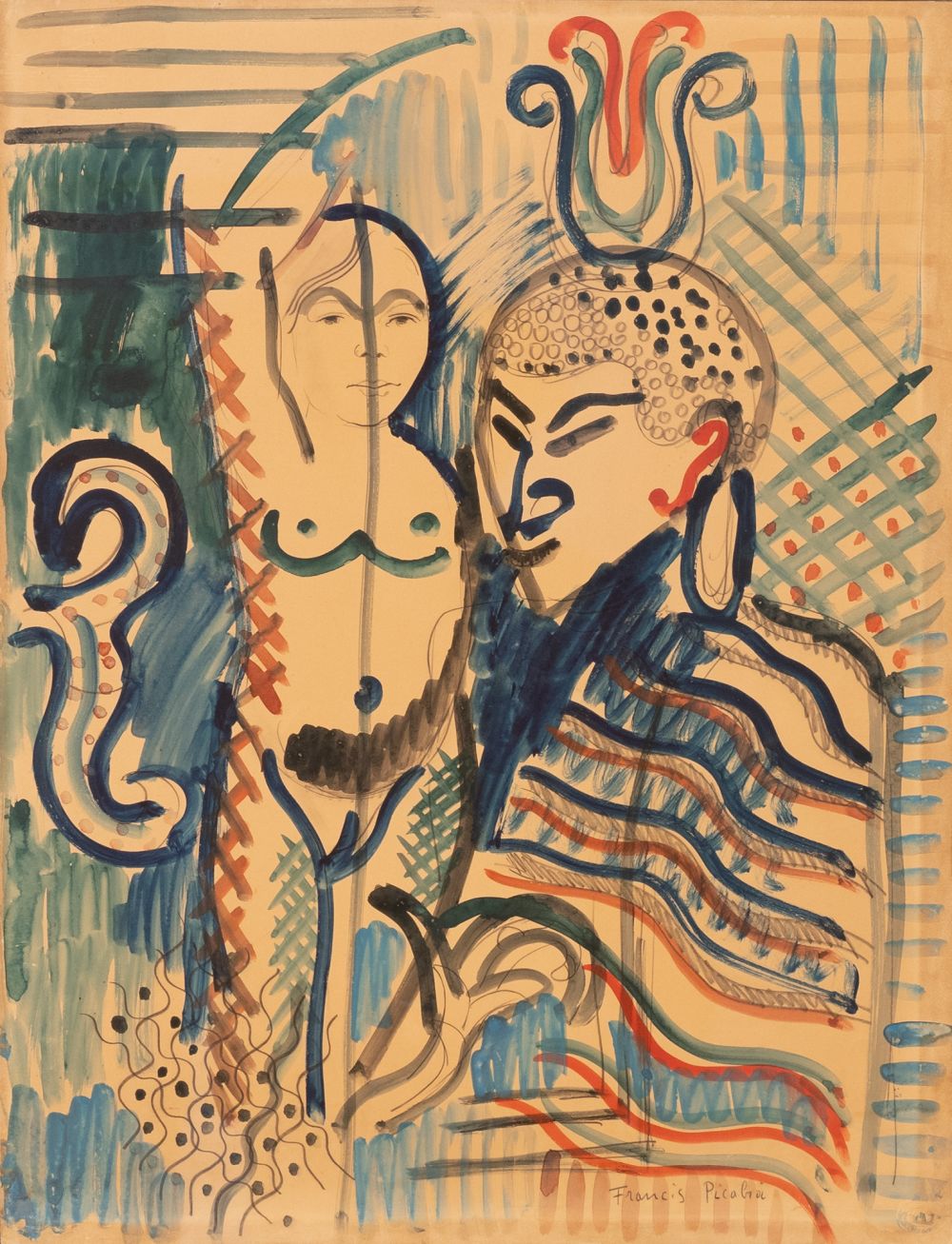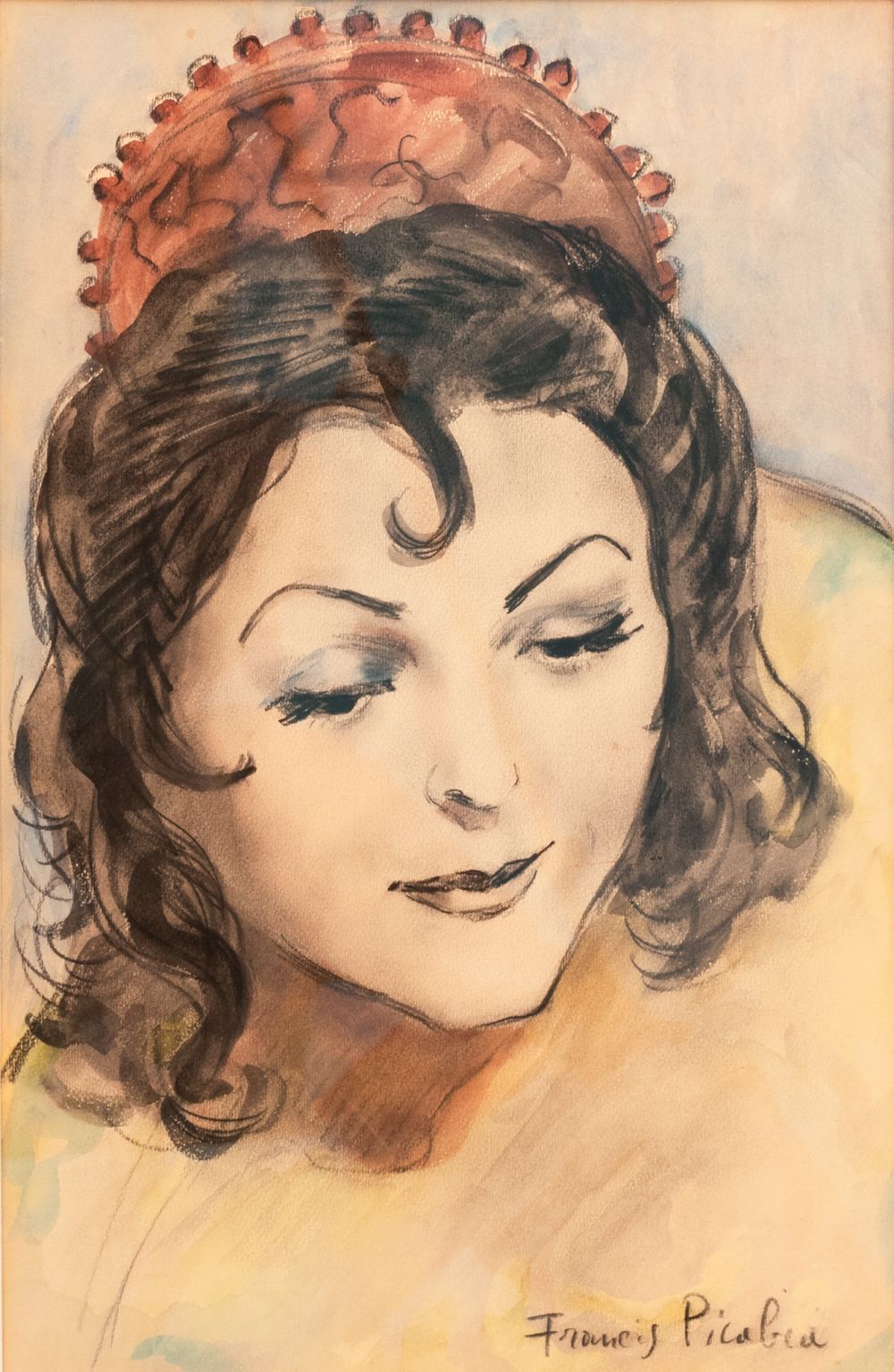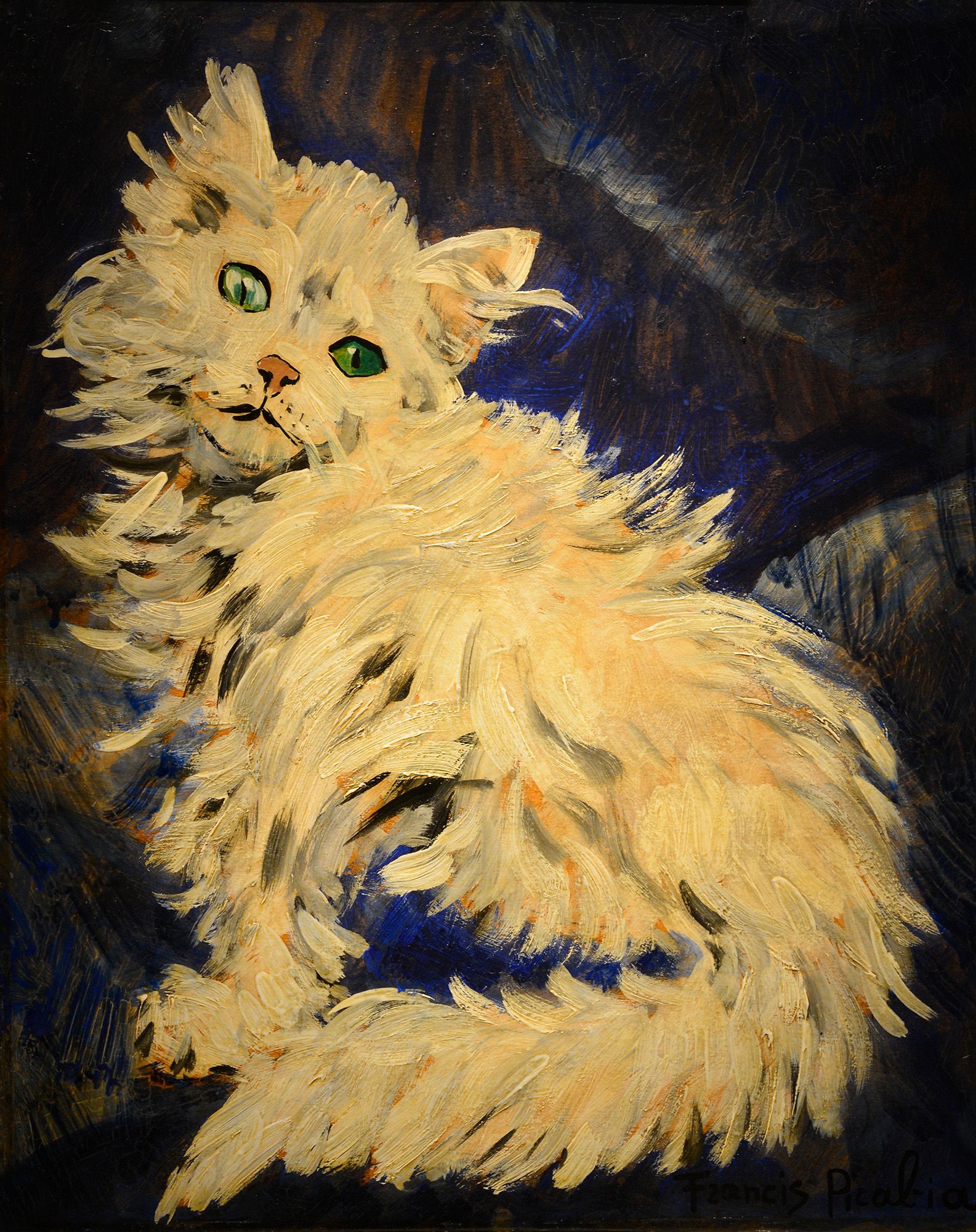Francis Picabia


Selected Works

Francis Picabia
Don Juan Indochinois, circa 1926
Watercolor, ink and charcoal on paper
63 x 48 cm
Signed lower right; tagged on the back

Francis Picabia
L’Espagnole, vers 1939-1941
Watercolor on paper
41,9 x 27,7 cm
Signed lower right

Francis Picabia
Le chat blanc, circa 1940-1943
Huile sur panneau
47,5 x 39 cm
Signé en bas à droite
Some of the works depicted are no longer available.
Biography
An emerging artist of the French Dada movement, proclaiming himself a "loustic, an idiot, a clown" rather than a painter, Picabia marked the painting of the interwar period with his anti-conformist and provocative spirit which allowed him to combine literature, cinema, dance and his travel memories in his works.
During these years, he had the support of major dealers and collectors such as Léonce Rosenberg, Jacques Doucet and Michel Tapié.
After his death, major retrospective exhibitions focusing mainly on his art after 1945 took place in Switzerland, Sweden and Spain.
